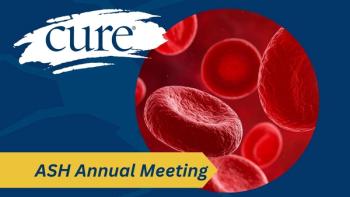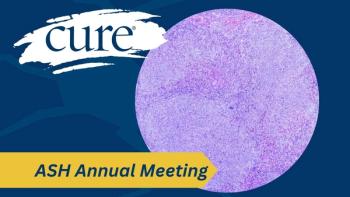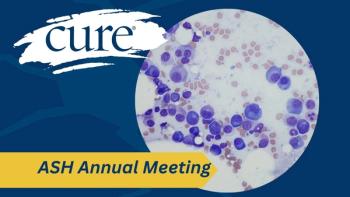
Extreme Obesity May Increase Relapse Risk During Maintenance Therapy in Children With Leukemia Subtype
Children with acute lymphoblastic leukemia had a 2.4-fold greater risk of relapse if they were considered extremely obese while undergoing maintenance therapy.
Among children with acute lymphoblastic leukemia (ALL), extreme obesity during maintenance therapy was associated with a higher risk for disease relapse, according to a recent study.
Previous research had determined that obesity at diagnosis is associated with a greater risk of relapse in children with ALL; however, it was unclear if this association continues during maintenance therapy.
“The issue with the data that existed before our study was that using obesity at the time of diagnosis is somewhat of a limitation in predicting its association with the risk of relapse because we know that a patient's (body mass index; BMI) changes so significantly during their ALL therapy,” explained Dr. Aman Wadhwa, lead author on the study and pediatric oncologist at the University of Alabama in Birmingham, in an interview with CURE®.
The study — which was published in the journal Cancer — included 676 children who were considered either underweight or normal weight (43.3%), overweight or obese (44.8%) or extremely obese (11.8%), which was determined by their BMI.
Incidence of relapse at four years from study enrollment was higher among patients with extreme obesity compared with those who were underweight or normal weight. Specifically, an analysis of the data demonstrated that children with extreme obesity had a 2.4-fold greater risk of relapse compared to those who were underweight or normal weight.
Those who were overweight or obese had a comparable risk for relapse as those who were underweight or normal weight.
Of note, erythrocyte thioguanine nucleotide (the active product of thiopurine metabolism) was significantly lower among those with extreme obesity, though it does not explain their greater risk of relapse, Wadhwa said.
“Those patients have lower levels of erythrocyte thioguanine nucleotide, but at least using our data, that doesn't explain that high risk of relapse,” he noted. “There certainly are other factors that are playing a role in that high risk of relapse. Because this was a retrospective study using data that had already been collected, we can't explain the ‘why’ portion of it at this point.”
And although the “why” is not fully understood yet, there are interventions patients can do to help maintain a healthy weight during treatment — with guidance from their cancer care team — to possibly reduce their risk of relapse
“I think the main takeaway is that while our understanding of leukemia biology and predictors of relapse in ALL has focused a lot on leukemic cell biology, genetics and how patients respond, there are other non-disease factors such as obesity that are impacting outcomes,” Wadhwa said. “Interventions need to be made towards helping patients maintain ideal weight during their treatment, so that you can reduce that risk of relapse potentially.”
For more news on cancer updates, research and education, don’t forget to





